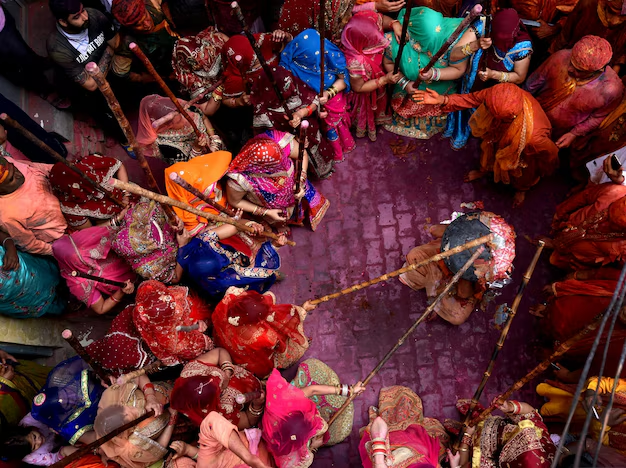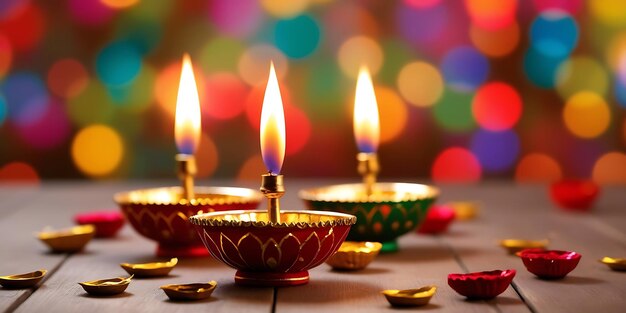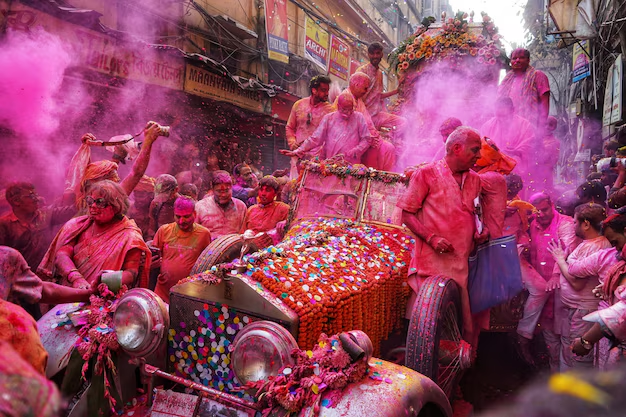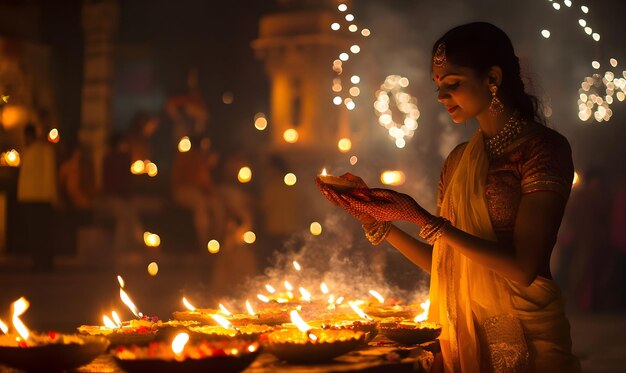
Festivals are a powerful way to celebrate cultural diversity, bring people together, and share in the joy of traditions. Across the globe, festivals take on various forms, offering a fascinating glimpse into the histories, values, and customs of different communities. From religious ceremonies to secular celebrations, these vibrant occasions provide insight into how we express unity, joy, and shared experiences. This article will take you on a journey through some of the world’s most iconic festivals, showcasing the beauty of cultural diversity.
1. Carnival (Brazil)
One of the most famous festivals in the world, Carnival in Brazil is a riot of colors, music, and dance. Held annually in the lead-up to Lent, it features grand parades with samba schools performing energetic and elaborate routines. People from all over the world visit Rio de Janeiro to participate in the festivities, making it an iconic symbol of Brazilian culture and a celebration of freedom and joy.
2. Diwali (India)
Known as the Festival of Lights, Diwali is a major Hindu festival celebrated across India and other countries with large Hindu populations. This five-day festival symbolizes the victory of light over darkness and good over evil. Families light oil lamps, exchange gifts, and indulge in sweet treats, creating a warm, welcoming atmosphere. Diwali also emphasizes the importance of family, community, and spiritual reflection.
3. Oktoberfest (Germany)
Held annually in Munich, Germany, Oktoberfest is the world’s largest beer festival, drawing millions of visitors each year. What started as a royal wedding celebration in 1810 has evolved into a global event, where people gather to drink beer, enjoy traditional Bavarian food, listen to live music, and participate in lively parades. Oktoberfest is a celebration of Bavarian culture, hospitality, and good times.
4. Chinese New Year (China)
The Chinese New Year is a vibrant festival that marks the beginning of the lunar new year. It is characterized by colorful parades, dragon dances, fireworks, and family reunions. In China, it is one of the most significant holidays, with traditions rooted in centuries of history. The festival is rich with symbolism, especially in the decorations and food choices, all meant to bring good luck and prosperity for the year ahead.
5. La Tomatina (Spain)
La Tomatina is an eccentric and playful festival held annually in Buñol, Spain. It involves a massive food fight where participants throw tomatoes at each other, creating a fun and messy atmosphere. Originally a local tradition, it has grown in popularity over the years and is now a global attraction. The festival is a testament to the joy of uninhibited celebration and the universal desire to have fun.
6. Mardi Gras (USA)
Mardi Gras in New Orleans, USA, is another iconic festival that combines parades, costumes, and parties. The event takes place in the days leading up to Lent and is a blend of French, African, and Native American cultural traditions. Festivities include extravagant floats, masked balls, and the throwing of colorful beads to revelers. Mardi Gras celebrates the spirit of indulgence and community before the period of fasting begins.
7. Holi (India)
Known as the Festival of Colors, Holi is a joyous Hindu festival that celebrates the arrival of spring and the triumph of good over evil. It is famous for the free-spirited throwing of colored powders, creating a spectacular visual display. Holi encourages people to set aside differences, forgive past grievances, and embrace joy with family, friends, and even strangers.
FAQs
1. What is the significance of Diwali? Diwali symbolizes the victory of light over darkness and good over evil. It is a time for families to reunite, share in festivities, and reflect spiritually.
2. Why is Carnival so important to Brazil? Carnival is Brazil’s biggest cultural celebration. It reflects the country’s vibrant mix of cultures and traditions, especially through samba music and dance.
3. How do people celebrate Chinese New Year? Celebrations involve family reunions, giving red envelopes with money for good luck, fireworks, and colorful parades with dragon dances.
4. What is the origin of Oktoberfest? Oktoberfest began in 1810 as a royal wedding celebration in Munich and has since evolved into a world-famous beer festival.
5. Is La Tomatina dangerous? While La Tomatina is a fun and lively festival, safety measures are in place to ensure no one is harmed during the tomato fight.
6. What can you do at Mardi Gras in New Orleans? Participants enjoy parades, extravagant costumes, and street parties, with the highlight being the throwing of beads to revelers.
7. Why is Holi celebrated? Holi celebrates the arrival of spring and the victory of good over evil, bringing people together to enjoy music, dance, and colorful powders.
Conclusion
Festivals are a beautiful reflection of the world’s rich cultural diversity. Each festival, from Carnival in Brazil to Holi in India, offers a unique perspective on what different cultures value, how they express joy, and the importance of community. Celebrating these festivals fosters understanding and connection, bringing people of different backgrounds together to share in universal feelings of happiness and unity.
Key Takeaway
The world’s iconic festivals are more than just celebrations; they are vibrant expressions of culture, history, and community. Whether it’s through dancing in the streets, lighting up the night with fireworks, or coming together in joyful feasts, these festivals highlight the diversity that makes our world truly unique.



